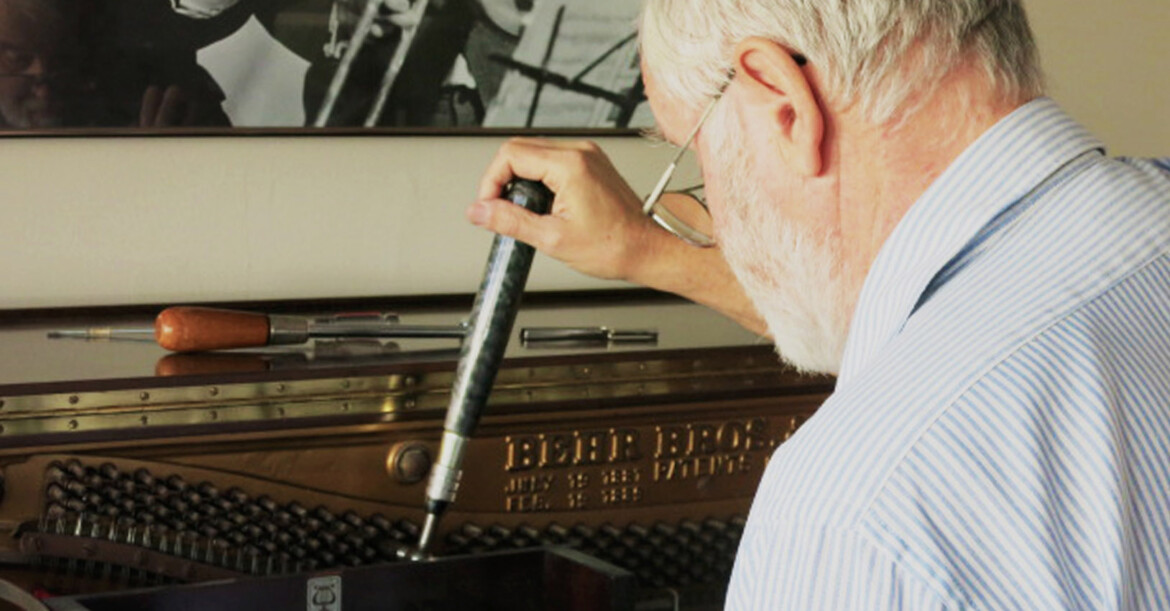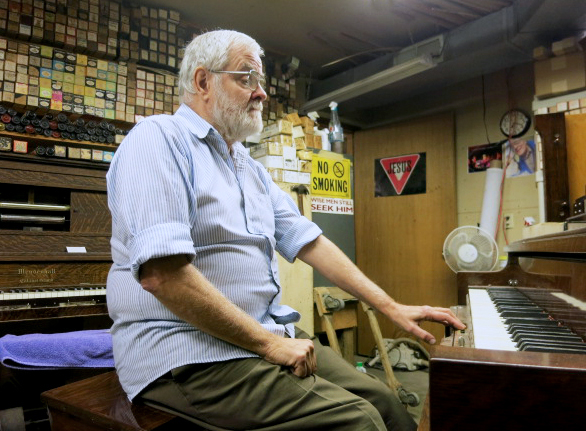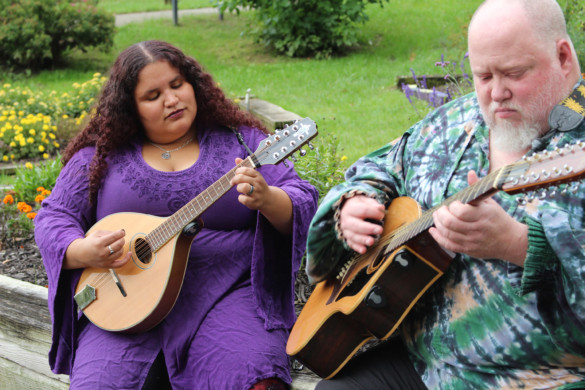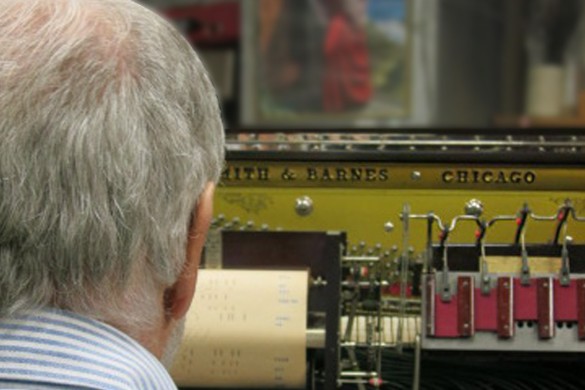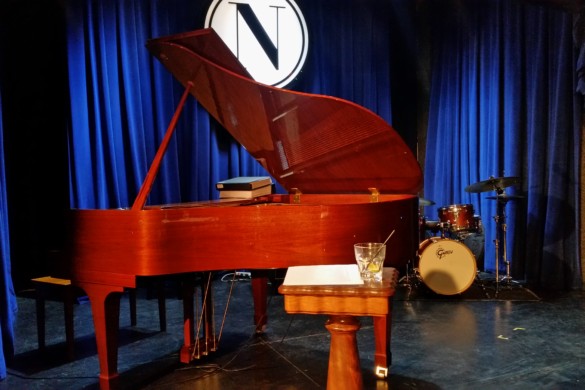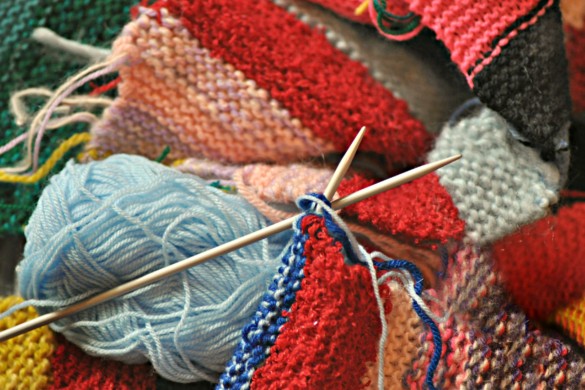Dan Crawford has been in the piano-tuning business for 50 years. He still has some of the same clients he started with back in 1966. Photo by Avery Gregurich.
Words By Avery Gregurich
Dan Crawford is touring the workshop behind his house in Des Moines. Intermittent car horns from I-235 come through the windows, and he’s trying to remember where each of the 25 or so pianos surrounding him came from.
“I got this one from a sorority group in New Jersey. It was a wreck,” Crawford says. “These sorority guys would get all kinds of stuff to make money for their sorority. I think they were actually making money for drinking money.”
He pauses, laughs, blissfully unconcerned about the difference between a fraternity and sorority. He continues down the list: Seattle, Omaha, Pella, Pennsylvania. Some pianos are intact, some are stacked atop one another, and others are missing their ivory keys. These aren’t even half of the pianos Crawford owns. At least 40 grand and player pianos are housed in another garage.
Crawford, 67, is a self-described one-man “piano rescue league,” and for the last half-century, Crawford’s life work has been tuning, restoring and preserving pianos.
“I have a genuine love for pianos, just a piano as an inanimate object,” he admits.
There are vestiges of pianos scattered throughout his home: miniature scale plastic pianos, pianos stitched into couch cushions, photo prints of some of his favorite types of pianos.
His infatuation with pianos began when his father brought home a busted player piano from a farm auction. “He got that thing working and I just thought it was the neatest thing in the world,” Crawford says. “Right then and there, I knew I wanted to be a piano tuner when I grew up.”
There were obstacles to that dream from the start, though. Crawford was born two months premature, and he spent most of his early months in an incubator. His retinas were permanently damaged, leaving him totally blind in his left eye and largely blind in his right. Today, he has enough vision to drive, but only during the day, keeping his tunings and repairs to within a few hours drive in any direction.
“There were other people who were born at the same time who had the same issue, and very few have any vision at all,” Crawford says. “I actually weighed two pounds and four ounces in 1948, so it was kind of a miracle that I made it at all.”
He attended the Iowa Braille and Sight Saving School in Vinton where he first studied piano tuning. He took more than the allotted amount of courses on piano tuning and even apprenticed with his teacher after school by following him out into the community.
Despite all of this early time spent in close company with pianos, and in the half century since, Crawford never learned how to play the piano.
“I wanted to learn everything there was to learn about a piano except that: how to play one,” Crawford says, laughing.
Knowing that there were only so many pianos in Traer, Crawford moved to Des Moines and began his own business in 1966. He’s been doing it since and still has a few of the same clients he had that first year. One of the women even has the same piano that he tuned back in 1966, a true rarity these days.
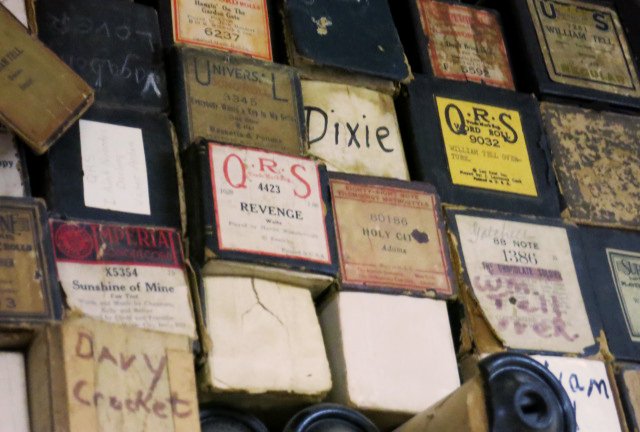
“It seems that there are more tuners and less pianos to be tuned,” Crawford says. “It used to be, 40 years ago, the first thing people would do when they bought a house would be to go out and get an old upright piano. Most of them needed some repairs, so you know, there was a tuning there and $400 or $500 for repairs. It was good for me and good for them because it was still cheaper than them going out and buying a new piano.”
Today’s landscape isn’t as conducive to a man doing Crawford’s work for several reasons.
“These days, I don’t think there are as many kids taking piano lessons,” he says. “And of the ones that do, I think a lot of them go out and buy a cheap electric keyboard, which has really nothing to do with a piano. It’s just an electronic device.”
This has led to Crawford’s work as not only a piano mechanic but also as a piano guardian. Smaller houses and apartments, fewer and fewer people playing the piano and the increasing quality and quantity of electronic keyboards have all added up to more old pianos being hauled to the dump. He scours Craigslist daily, unwilling to see these artifacts lost.
“When they start talking sledgehammers, it pulls at my heartstrings,” he says, his eyes scanning his workshop. “It’s tragic. People just see these things as old pianos that are just junk. I see them for the potential that’s there and the quality that went into them.”
Take the 1915 Behr Brothers player piano in his living room for example. He’s tuning it today to show his process.
His toolbox is propped open on an ottoman, and inside are a series of screwdrivers and a single tuning fork. He picks out the tuning fork, slaps it across his left temple and holds it up to his ear. Then, he falls into the centuries-old routine: middle C first, every ivory key and black note following close behind.
It isn’t a particularly joyous noise, that of a man tuning a piano. But to watch Crawford work, gently twisting the tuning knobs with a decades-old pin setter, a wrench-like device made specifically to wrestle perfect notes out of taut pieces of metal, is to see a craftsman at his best.
“There have probably been 50 different brands of American-made pianos that have gone out of business in the last 20 or 30 years,” he says. “We’re down to three piano brands in this country. But I’ve always been kind of a rebel and a root-for-the-underdog type of guy.”

